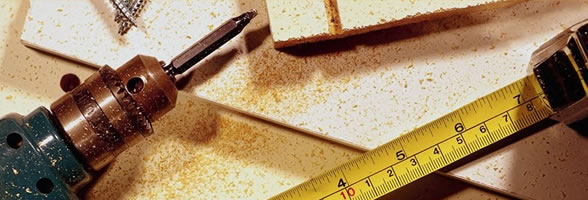
Easy to install, easy to maintain, these jordvarme pumper are simply great
Efficiency and applications of heat pumps
As there are several different types of heat pumps, depending on the energy source that they use, their efficiency has been measured one against the other, using as a barometer the ratio of useful heat movement to work input, also known as COP or coefficient of performance. For a better understanding, let's take the example of heating a building during a mild day, when the outside temperature is around 10 °C. A heat pump working on air-source generally registers a 3 to 4 COP, while an electric resistance heater has a coefficient of performance of 1.0. This means that a resistance heater will use one joule of energy to deliver on joule of heat, whereas the heat pump, with the same one joule of energy, succeeds in transferring much more heat from a cool environment to a warm place. As a general rule, a heat pump is more effective in hotter environments, so it gives better return when the weather is warmer. To the opposite end, when it's cold outside, the coefficient of performance lowers to almost 1.
Another aspect that needs to be taken into consideration when discussing the efficiency of heat pumps, or varmepumper, is that the moisture from the outside air that is used by the pump to draw heat has a high chance of condensing or freezing on the outdoor heat exchanger, for which reason the ice must be melt periodically by the system. This aspect makes it more effective to use electrical-resistance heaters on extremely cold weathers than push an air-source heat pumps, whether they are air to air pumps, or luft til luft varmepumper, or air to water heat pumps, or luft til vand varmepumper. An entirely different matter is in what geothermal heat pumps, or jordvarme pumper are concerned. Taking into consideration that they use the ground as energy source and that the underground temperature is almost the same around the year, that is usually 10 °C at a depth of more than 1.5m, the coefficient of performance is slightly higher and reaches 4 to 5. One other feature that influences the efficiency of a heat pump is the design of the evaporator and condenser heat exchangers. Heat pumps (varmepumper) are more effective when the difference between the temperature of the air stream and the refrigerant is low and that happens when the heat exchanger is large.
Heat pumps have various applications, regardless of whether they are geothermal pumps, or jordvarme pumper, or air-source pumps, which can be either luft til luft varmepumper, air to air, or luft til vand varmepumper, air to water. For example, they are widely used in HVAC applications to heat or cool a building. For that purpose, a heat pump makes use of a reversing valve and optimized heat exchangers, in order to be able to shift the flow of the heat. Other uses of heat pumps include plumbing applications, such as heating swimming pools or domestic water tanks. For energy saving purposes, a heat pump can be used for cooling a house, thus eliminating the need for air conditioning, and heating the water simultaneously.

